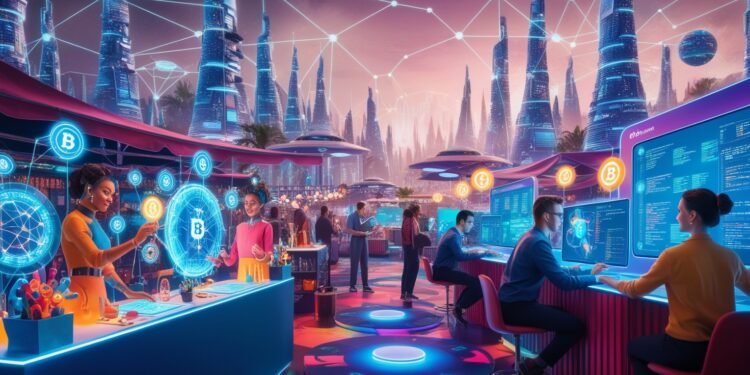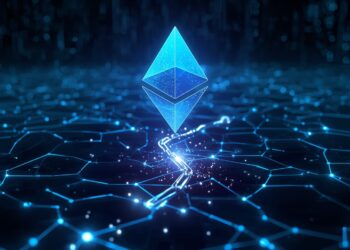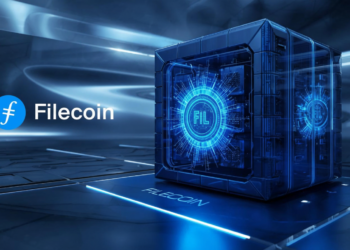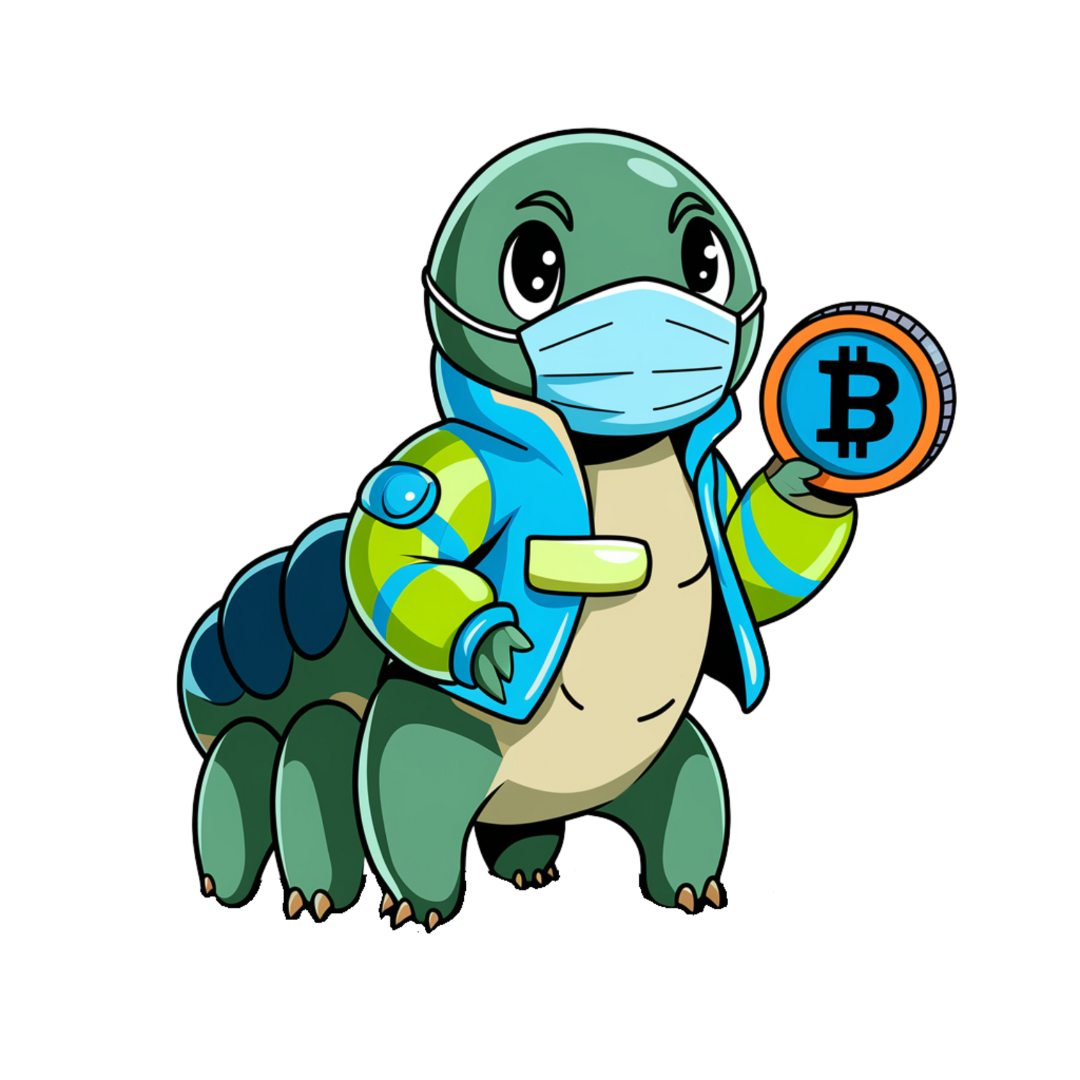The creator economy has seen incredible growth, with the market expected to exceed $100 billion by 2025. This shift provides new income streams for thousands of artists and developers. Web3, the third iteration of the web, has the potential to revolutionize how creators work and earn. This article will explore how Web3 technologies are transforming the creator economy, giving artists and developers fresh tools and opportunities.
Understanding the Web3 Creator Economy
Defining Web3 and Its Core Principles
Web3 is built on three key ideas:
- Decentralization: Power shifts from centralized corporations to individual users.
- Transparency: Transactions are open and verifiable, ensuring fairness.
- Tokenization: Digital assets can represent ownership, value, and rewards.
How Web3 Differs from the Traditional Creator Economy
In a traditional economy, creators depend heavily on platforms like YouTube or Instagram. These platforms often control distribution and monetization, taking a significant cut of earnings.
In contrast, Web3 allows creators to maintain ownership and control. They can directly engage with their fans and keep a larger share of their profits.
Key Technologies Enabling the Web3 Creator Economy
Several technologies are reshaping the creator landscape:
- NFTs (Non-Fungible Tokens): Unique digital assets that prove ownership of a piece of content.
- DAOs (Decentralized Autonomous Organizations): Community-led groups that support creators through collective funding and engagement.
- Blockchain: A secure, transparent ledger that underpins many Web3 applications.
- Metaverse: Immersive virtual spaces that allow creators to build unique experiences.
NFTs and Digital Ownership for Creators
How NFTs Provide New Revenue Streams
NFTs have opened up fresh income opportunities for creators. In 2021 alone, NFT sales surged past $25 billion, showcasing their popularity. Artists can now sell their work directly to fans, without intermediaries.
Examples of Successful Artists Leveraging NFTs
Many artists have successfully adopted NFTs:
- Beeple: Sold a digital collage for $69 million.
- Grimes: Earned $6 million in a single NFT sale featuring her artwork.
These creators leveraged the technology to build strong communities and enhance their brands.
Challenges for Creators Entering the NFT Space
While NFTs offer new opportunities, they also present challenges:
- Gas Fees: The cost of processing transactions can be high.
- Market Volatility: Prices can fluctuate wildly, making it risky.
- Scams: Creators must be cautious of fraudulent schemes in a rapidly evolving space.
DAOs and Decentralized Collaboration
Explanation of DAOs and Their Role
DAOs empower creators to collaborate in a decentralized way. These organizations operate on smart contracts, guiding decisions based on community votes rather than hierarchical structures.
Examples of DAOs Supporting Creators
Several DAOs have emerged to help creators:
- Friends With Benefits: Provides grants and resources for artists.
- MakersPlace DAO: Focuses on promoting digital art and creators through funding and support.
Autonomy and Decision-Making Power
DAOs give creators a voice in shaping their work environment. Artists can collaborate, fund projects, and share knowledge without being beholden to a single platform.
The Metaverse and Immersive Experiences
The Potential of the Metaverse for Creators
The metaverse offers creators a space to build and monetize virtual experiences. Artists can create immersive art installations or host live events that engage fans in new ways.
Examples of Creators Building in the Metaverse
Prominent creators are making strides in the metaverse:
- Roblox developers: Create games that attract millions of users and generate revenue.
- Virtual galleries: Artists showcase their digital art in customized environments, earning from ticket sales and purchases.
Technical and Logistical Challenges
However, the metaverse poses unique challenges:
- Technical Skills: Creators may need to learn new tools and platforms.
- Resource Allocation: Time and investments are required to build engaging experiences.
Tools and Platforms for Web3 Creators
Overview of Popular Platforms
Several tools and platforms support Web3 creators:
- OpenSea: A leading marketplace for NFTs.
- DAOs like Colony: Facilitates decentralized project management.
- Spatial: A tool for creating virtual spaces and events.
Comparison of Different Platforms
Choosing the right platform matters. Consider:
- Features: What tools does it offer?
- Fees: How much will it cost to use?
- Target Audience: Who are the users?
Tips for Creators
- Research platforms to find the best fit.
- Analyze fee structures to maximize earnings.
- Engage with communities to gain insights and support.
Future Trends and Opportunities in the Web3 Creator Economy
Predictions for the Future
The Web3 creator economy will keep expanding. Analysts predict more creators will leverage blockchain technology to enhance engagement and build stable income streams.
Emerging Opportunities for Creators
Creators can explore:
- Virtual land ownership: Selling or developing digital real estate.
- Innovative digital art: Exploring new formats and mediums for expression.
Potential Challenges and Risks
As opportunities arise, some challenges persist:
- Regulation: Governments may impose rules that affect operations.
- Scalability: Platforms must evolve to handle increasing demand.
- Security: Protecting assets and data will remain critical.
Conclusion
Web3 is empowering creators by providing increased ownership, new revenue streams, and decentralized collaboration. This transformation has the potential to redefine creative work for the future. As artists and developers explore these new tools, they can build sustainable careers while creating engaging content.
Explore the world of Web3 tools and opportunities, and discover how you can take control of your creative journey.

























